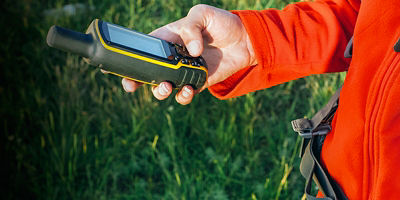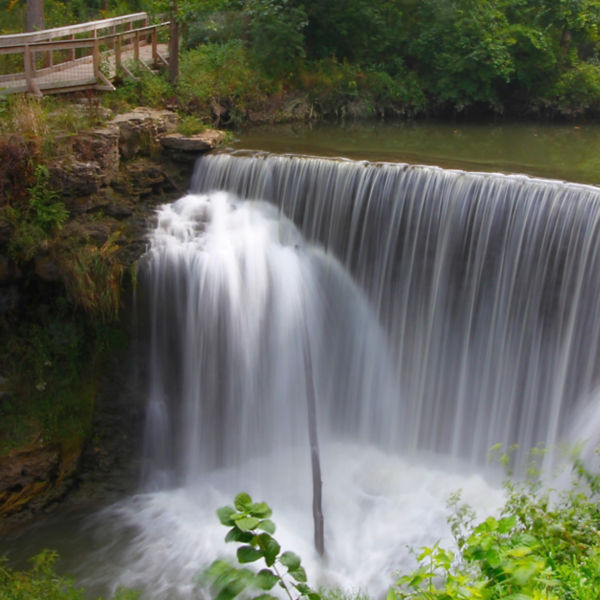
And though your dog is right at home on the trail, you’ll still need to do a little prep work to ensure both you and your canine companion have a good, safe time. A little planning, as well as a few critical pieces of gear, will set you up for success. Here are our top five tips for hiking with a dog.
1. Choose a Dog-Friendly Trail
This is a twofold tip: One, make sure that the trail itself allows dogs; and two, assess whether it’s a safe environment for your pup, regardless of whether it’s permitted to be there or not. Always check to see if dogs are permitted on the trail you’ve chosen (check management agency websites or call the land manager) as well as any leash regulations. Next, assess whether it’s the right choice for your dog: How many miles can your dog handle? Does the trail have shade or access to water? How steep or technical is it? How excessively hot (or cold) is the trail? Keep in mind that steep, technical trails are harder for less agile, small, and old dogs.
Key gear
Many trails don’t have enough access to water to meet your dog’s needs, so you’ll need to bring extra water and a collapsible bowl. Dogs can succumb to the same waterborne pathogens as humans, so do your best to prevent them from drinking standing water and, when in doubt, just bring your own. If your dog is panting rapidly, slowing down, or looking exhausted, then it’s time to hydrate, and it’s probably time to turn around.
2. Do Some Training Hikes to Prepare
If you’ve never hiked with your dog before, or if you're unsure if it has enough fitness to tackle a certain hike, then take some practice outings. Start small, with shorter distances on flat trails, and then slowly build up in difficulty. If your dog passes out after a hike, then you’ve sufficiently met its exercise needs, but if Fido is still bursting with energy, then that’s a good indication that it’s safe to start ramping it up. Practice hikes are also a good opportunity to get your dog used to being on a leash and interacting with other trail users.
Key gear
Consider a harness with a stretchy waist leash. They offer more control against pulling, aren’t jerky like static leashes, and give you a hands-free experience. A harness typically has a briefcase-like handle on top, which is great for giving your dog a physical assist over or through obstacles if you need to (like a boulder that’s just a little too tall). Be sure to keep your dog on a leash if you’re unsure how they’ll handle being off leash, or if you’re uncertain about local rules and regulations regarding leashes (remember, there are some trails that don’t allow dogs at all).





















